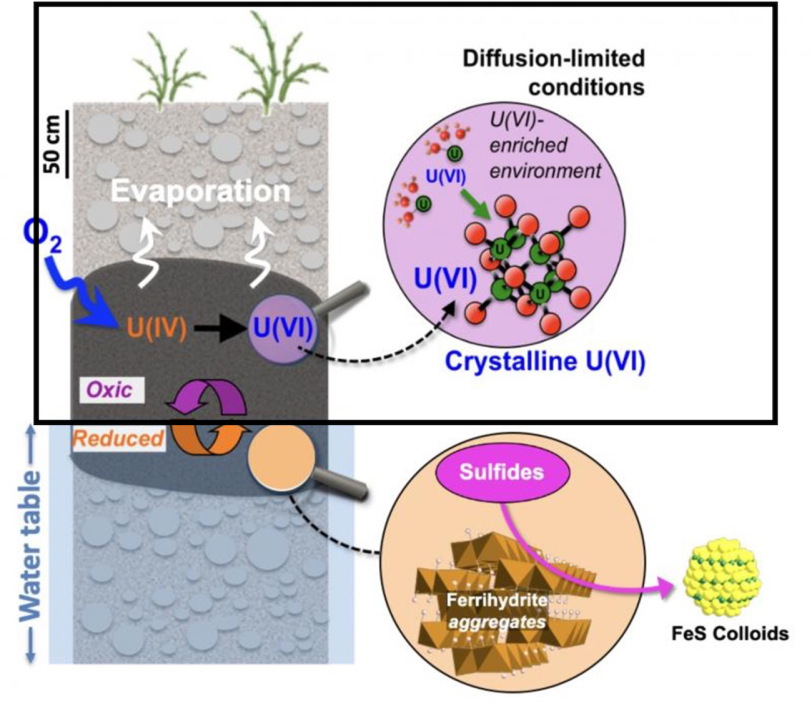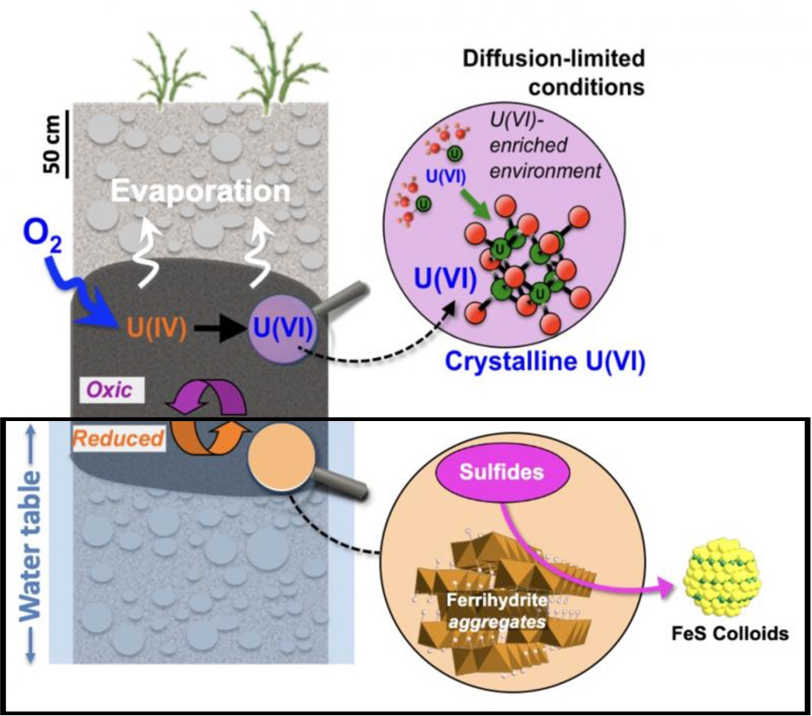Little Wind River Field Site
Little Wind River
Riverton, Wyoming, USA
The Riverton site sits on a DOE Legacy Management Uranium Mill Tailings Radiation Control Act (UMTRCA) Title I Site within the boundaries of the Wind River Indian Reservation, home to the Northern Arapaho and Eastern Shoshone tribes. The site is the location of a former uranium and vanadium processing mill that operated from 1958-1963, leaving behind massive amounts of radioactive tailings and a contaminated aquifer. The SLAC Floodplain Hydro-Biogeochemistry SFA group first began working at the site in 2016.
Our study reach at the Riverton site is located on the Little Wind River floodplain 5 km SW of Riverton, WY. Extensive groundwater sampling and modeling efforts continue to determine whether sufficient natural flushing of the aquifer will occur in compliance with the 100-year regulatory timeframe.
DOE Remediation
The US Department of Energy completed surface remediation of the Riverton site in 1989 after hauling away 1.8 million yd3 of contaminated tailings to the Gas Hills East disposal site.

Water Contamination
Ore processing operations left the unconfined surficial aquifer contaminated with uranium and molybdenum. The two other, deeper aquifers remain uncontaminated.

Exceeding Limits
Concentrations of milling-related molybdenum and uranium in the surficial aquifer have measured 15-130 times greater than their respective maximum limits under 40 CFR 192.

Molecular Transformation & Water Quality Responses to Hydrologic Triggers

Loss of moisture due to evapotranspiration causes biogeochemical oxidation of uranium and precipitation of uranium-bearing minerals. These processes sequester this contaminant and protect groundwater quality.


Water-logged sediments, on the other hand, produce iron sulfide colloids, which can pick up and transport contaminant metals, degrading water quality.

